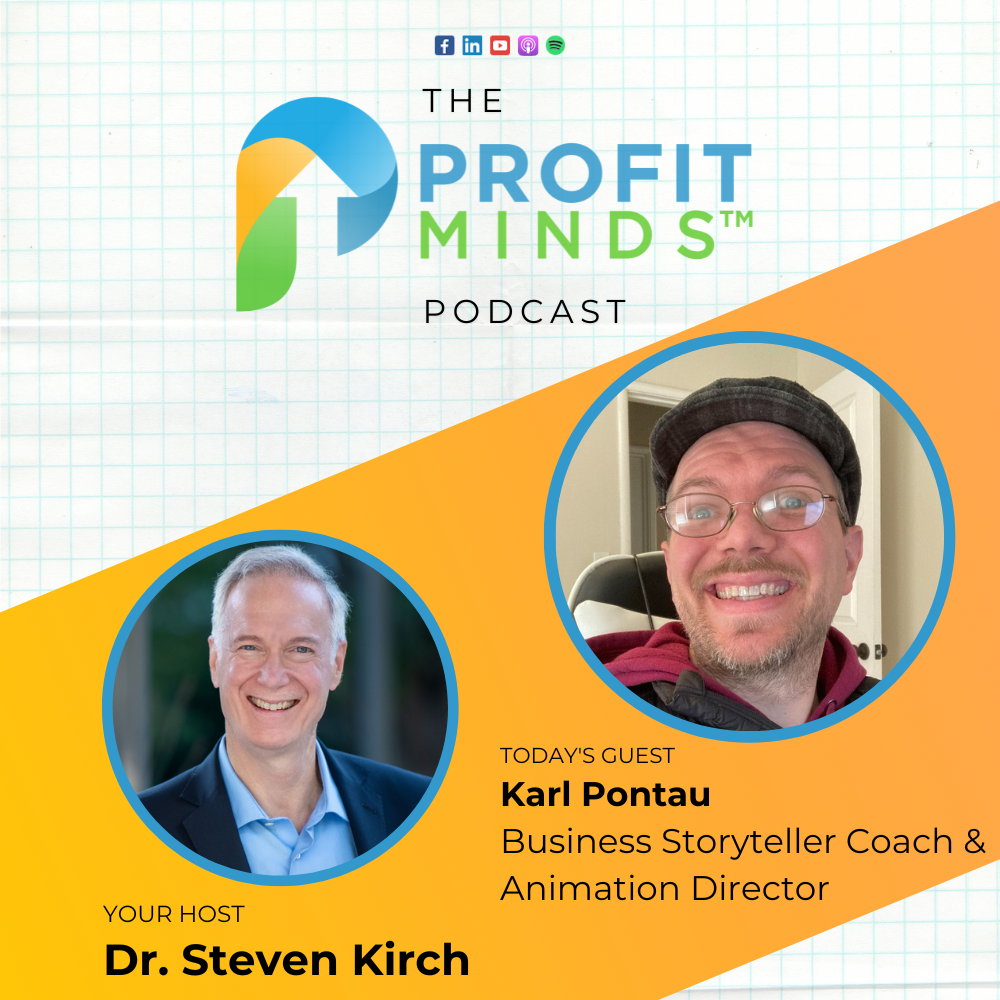
How do you describe your perfect client avatar?
When it comes to marketing, many business gurus offer some version of this advice:
• figure out who your ideal customer is
• be really specific
• then sell to that person
Most entrepreneurs know they need to have an ideal customer (or ideal client, or ideal customer avatar, etc.) in mind. Understanding the specifics about the person you’re selling to can be incredibly helpful, whether you’re crafting your message, working on your marketing, or developing your products.
But when it comes to actually figuring out that ideal customer, the strategies these gurus suggest tend to be pretty abstract, asking us to “imagine,” “picture,” or “visualize.”
We’re supposed to “imagine a day in the life” of someone—but how can we do that if we don’t know who that someone is?
While ideal client visualization exercises can be helpful once you know who they are, visualization can be challenging if you don’t immediately know the type of prospect you’re looking for.
Some business owners know instinctively who their ideal customer should be. If you’ve been selling a service for a long time, you may have a sense of who you enjoy working with (and who you don’t enjoy working with—but that’s a topic for a later blog).
Others start with a specific client in mind and design a product around their needs. That approach is a little better, but it doesn’t help those who already have a product or service and need to figure out who to target in their new marketing campaign to take their business to the next level.
Unfortunately, most business owners lack a strategy for zeroing in on their ideal customer avatar.
Consider my client, Elaine, who is a coach for women executives. While “women executives” may feel specific already, Elaine knows that the more specific she is about who she serves, the more effective her marketing campaigns will be.
But waiting for a client avatar inspiration is no way to run a business. We need a strategy.
Instead of trying to pull an idea customer avatar out of thin air, start by looking at your offer.
What is unique about your product or service?
What is the superpower that only you can offer?
An accountant, for example, might be especially good at sorting through an unorganized mess of documents and receipts. A painter might be especially good at capturing the dynamic movements of water and the ocean.
For Elaine, her superpower is helping women speak with voices that will be heard. So often, diversity is treated as a checklist; while women and people of color may be invited to the meeting and allowed to “sit at the table,” their ideas are not always taken seriously. Elaine’s unique selling proposition is helping people position those ideas so others will really listen.
Once you’ve zeroed in on what you offer and why it’s unique, use that to brainstorm your ideal client.
Who is going to benefit most from your superpower?
Who is going to want or need your unique product or service the most?
That accountant who is good at making the disorganized organized could be especially helpful for business owners with ADHD. That gifted ocean painter could market their work to avid surfers.
As Elaine and I started working together, we realized that the person who most needs her superpower is the female chief diversity officer. This woman not only clearly gets the problem—she lives it every day in her job.
And here’s the beauty of this particular avatar: After Elaine is effective in helping the chief diversity officer be heard, she is a great conduit into the C-suite, with potential introductions to other women executives who experience this same problem on a daily basis.
The days of aimless visualization are over. We no longer need to close our eyes and cross our fingers, hoping the perfect idea for an ideal customer avatar will somehow fall into our laps.
Instead, we can use a concrete strategy to reverse engineer our market based on what makes our offers unique.
It’s a simple exercise, but it works. By taking the guesswork out of developing an ideal customer avatar, this strategy leaves more time for us to dig into the details of who this person is and what is motivating them so we can actually put the avatar to use in our marketing.
If you try this exercise, comment below to let us know who your ideal client is!

